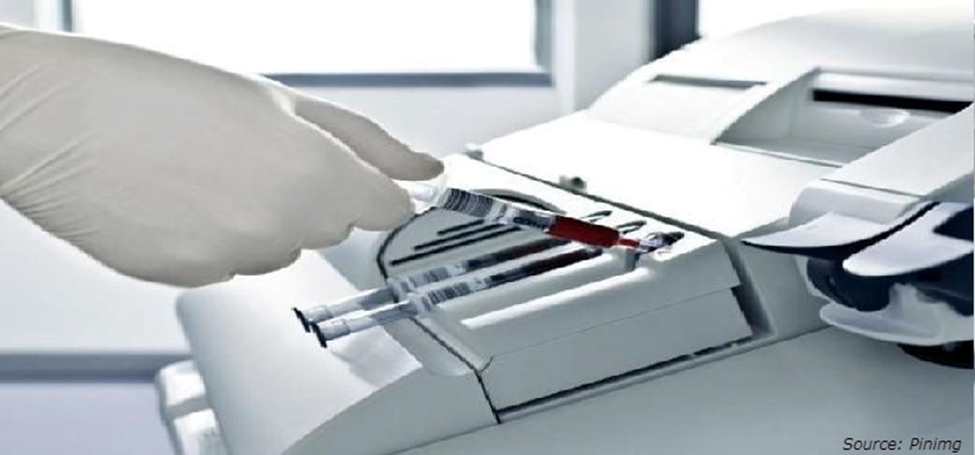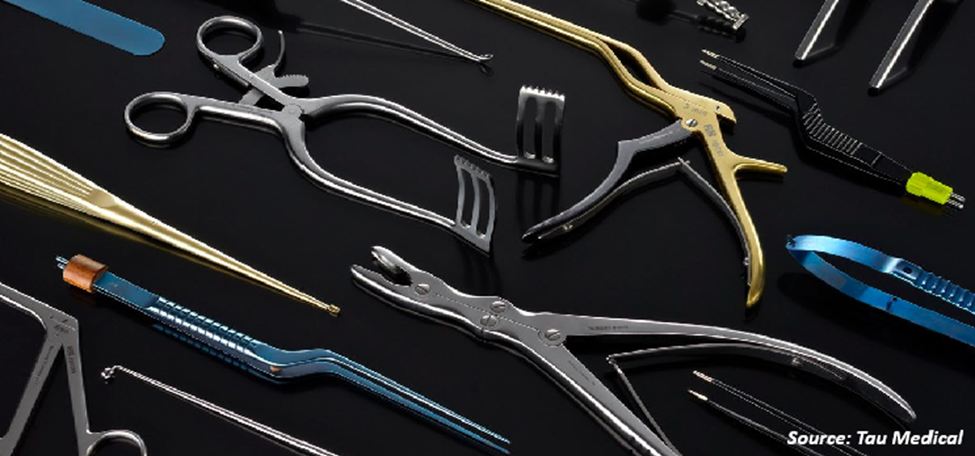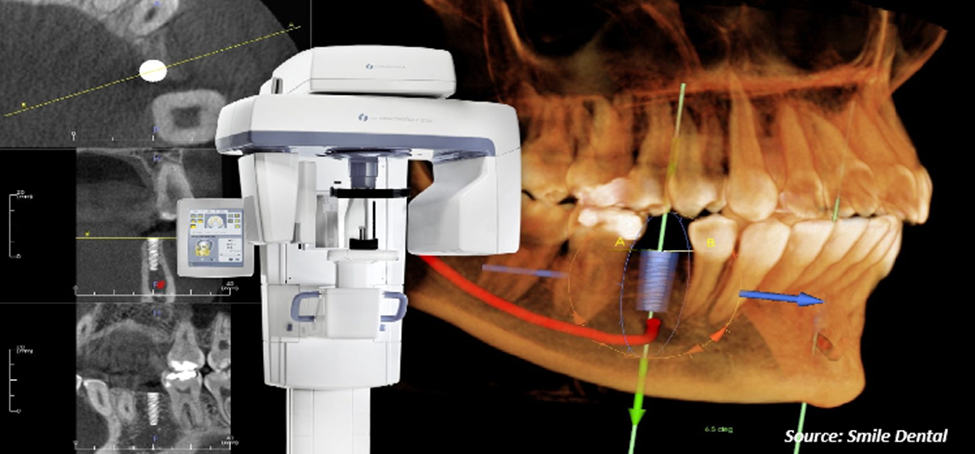
Sweden Disabled and Elderly Assistive Device Market by Type (Mobility Impairments, Hearing Impairments, Visual Impairments, Cognitive Impairments, and Self-Care), and by End User (Hospitals, Elderly Nursing Homes, Home Care, and Other End Users) – Opportunity Analysis and Industry Forecast, 2024 – 2030
Industry: Healthcare | Publish Date: 03-Oct-2024 | No of Pages: 120 | No. of Tables: 87 | No. of Figures: 52 | Format: PDF | Report Code : HC2704
Sweden Disabled & Elderly Assistive Device Market Overview
The Sweden Disabled & Elderly Assistive Device Market size was valued at USD 700.3 million in 2023, and is predicted to reach USD 1902.2 million by 2030, at a CAGR of 14.2% from 2024 to 2030.
The disabled & elderly assistive device industry comprises a wide range of products and services designed to support the aging population and individuals with disabilities in maintaining their autonomy and improving their quality of life. This sector covers medical furniture, hearing aids, mobility aids and living aids, that are crucial for managing chronic conditions and ensuring safety.
Innovations in these areas are driven by the need to address the growing challenges of an aging population and the diverse requirements of individuals with disabilities, making this market integral to enhancing accessibility and wellbeing.
This market for assistive technologies is fueled by growing rate of disabled individuals, rapid technological advancements, and evolving regulatory landscapes. The assistive device industry prioritizes inclusivity and continuously adapts to meet the ever-changing needs of its diverse user base.
Increasing Aging Population Drives the Demand for Assistive Devices
Sweden's transition towards aging population is driving the demand in the disabled & elderly assistive device market. As population ages, the demand for devices designed to address age-related health conditions and enhance independence among older individuals increases.
According to the European Commission report 2024, in Sweden the share of population aged 80 years and above, stood at 5.5% in 2023 compared to Norway that is 4.5%. This demographic shift is prompting greater investment and innovation in assistive devices such as mobility aids, sensory devices, and home care systems.
Substantial Healthcare Investment Fuels the Demand for Assistive Devices
Substantial investment in healthcare is pivotal in stimulating the Sweden disabled & elderly assistive device market demand. With a significant allocation of its GDP, Sweden ensures ample funding for healthcare infrastructure, services, and advanced medical devices.
According to the European Commission report 2024, through healthcare expenditure Sweden contributed 11.2% toward its GDP as compared to Finland that contributed 10.1%. This financial dedication fosters the development and accessibility of a diverse array of assistive devices aimed at enhancing the quality of life for elderly and disabled individuals.
The Regulatory Challenges Hinder the Sweden Disabled & Elderly Assistive Device Market Growth
The Sweden disabled & elderly assistive device market expansion faces significant regulatory challenges that restrain the industry growth and innovation.
Regulatory bodies such as the National Board of Health and Welfare (Socialstyrelsen), and other national agencies impose stringent approval processes, requiring assistive products, especially medical devices, to undergo extensive testing and certification before entering the market. This ensures safety and efficacy but delays product launches and elevate costs significantly. These factors collectively pose substantial barriers, limiting the availability of disability support devices in the sector.
The Integration of AI into Assistive Devices is Expected to Create Ample Growth Opportunities for the Market
The integration of technologies such as artificial intelligence (AI) and advanced sensors into disabled & elderly assistive devices represents a transformative leap towards a future where these devices are not only more advanced but also more personalized and accessible than ever before.
AI enables assistive devices to evolve beyond static solutions, becoming dynamic and adaptable to the specific needs of each user. Through machine learning algorithms, these devices learn from user interactions, continuously improving their functionality and responsiveness.
Competitive Landscape
The promising players operating in the Sweden disabled & elderly assistive device industry includes Stryker Corporation, Invacare Corporation, Baxter, Thuasne, Etac AB, Panthera AB, Eurovema, Sonova, ORCA EUROPE, LVI Low Vision International, and others.
Sweden Disabled & Elderly Assistive Device Market Key Segments
By Type
-
Mobility Impairments
-
Wheelchairs
-
Walkers and Rollators
-
Canes and Walking Sticks
-
Crutches
-
Portable Ramps
-
Others
-
-
Hearing Impairments
-
Hearing aids
-
FM System
-
Deafblind communicators for hearing
-
-
Visual Impairments
-
Screen readers
-
Optical magnifiers
-
Smart phones for vision
-
Braille writing equipment
-
Talking Devices
-
-
Cognitive Impairments
-
Self-Care
-
Shower Chairs
-
Grab-bars/handrails
-
By End User
-
Hospitals
-
Elderly Nursing Homes
-
Home Care
-
Other End Users
Key Players
-
Stryker Corporation
-
Invacare Corporation
-
Baxter
-
Thuasne
-
Etac AB
-
Panthera AB
-
Eurovema
-
Sonova
-
ORCA EUROPE
-
LVI Low Vision International
REPORT SCOPE AND SEGMENTATION:
|
Parameters |
Details |
|
Market Size Value in 2023 |
USD 700.3 million |
|
Revenue Forecast in 2030 |
USD 1902.2 million |
|
Value Growth Rate |
CAGR of 14.2% from 2024 to 2030 |
|
Analysis Period |
2023–2030 |
|
Base Year Considered |
2023 |
|
Forecast Period |
2024–2030 |
|
Market Size Estimation |
Million (USD) |
|
Growth Factors |
|
|
Companies Profiled |
10 |
|
Customization Scope |
Free customization (equivalent up to 80 working hours of analysts) after purchase. Addition or alteration to country, regional, and segment scope. |
|
Pricing and Purchase Options |
Avail customized purchase options to meet your exact research needs. |




 Speak to Our Analyst
Speak to Our Analyst


































